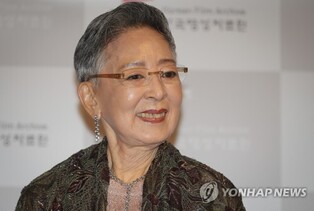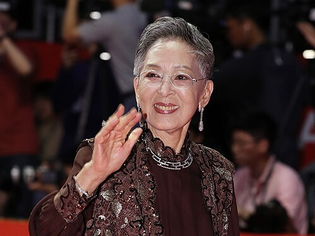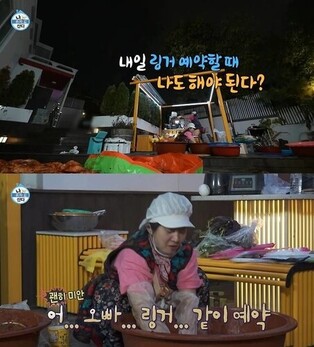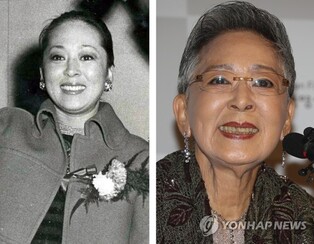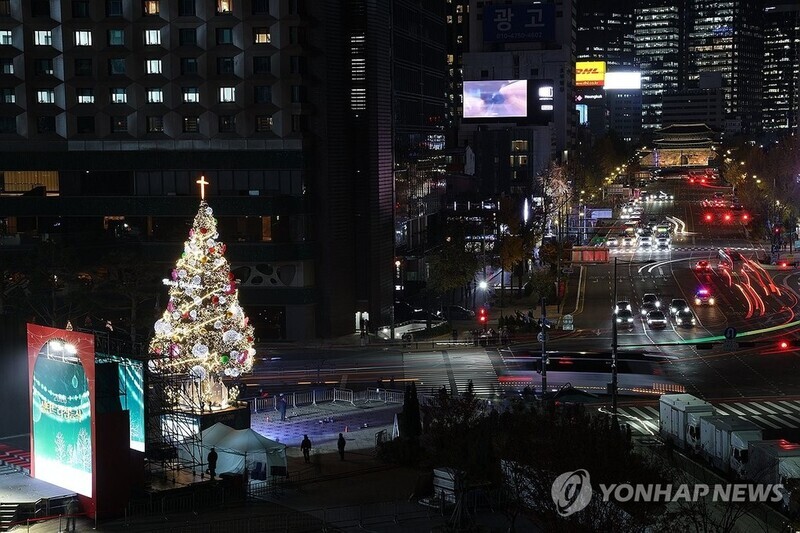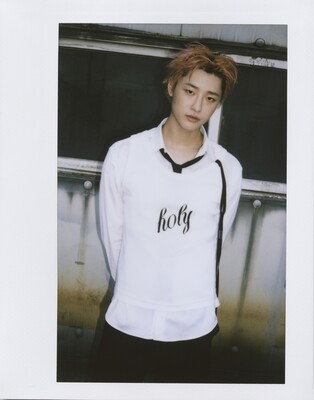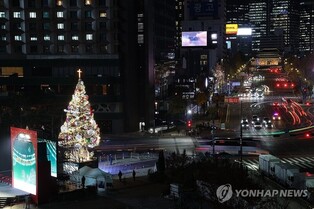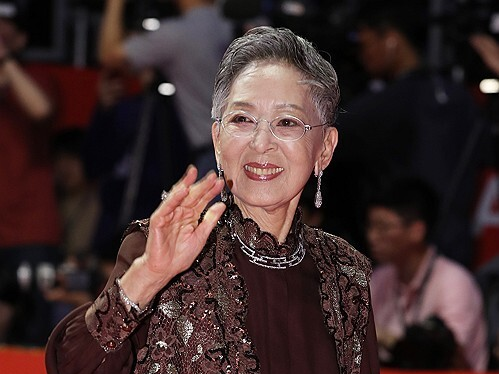
▲ This photo, provied by the Research Institute of Buddhist Cultural Heritage, is of the small Buddhist statue made with glit-bronze found at a temple site in Gangmyeong-ri, Haman. (PHOTO NOT FOR SALE) (Yonhap)

▲ This photo, provided by the Research Institute of Buddhist Cultural Heritage, shows the roof tile graved with the words 'Eugoksa' found at a temple site in Gangmyeong-ri, Haman. (PHOTO NOT FOR SALE) (Yonhap)

SEOUL, July 19 (Yonhap) -- A small gilt-bronze Buddha presumed to have been produced during the Goryeo Dynasty and roof tiles with inscriptions assumed to be the name of the temple have discovered at a temple site in Haman, Gyeongsangnam-do.
The Research Institute of Buddhist Cultural Heritage announced on the 19th that it had conducted an excavation survey at a temple site at the foot of Mt. Gwangnyeosan in Gangmyeong-ri, Haman-myeon, Haman-gun and found an 8cm high gilt-bronze statue from Goryeo dynasty era and roof tiles engraved with the words "Eugoksa Temple(義谷寺)" and "the 15th Year of Joonghui(重熙十五年)."
The temple, where the excavation survey took place, had been built above several layers of stones, but it was used as a graveyard in modern days that the site is partially damaged.
Archaeologists identified that the temple was built during the Unified Silla era and went through reconstructions continuing its power throughout the Goryeo Dynasty.
A particularly eye-catching artifact is the small gilt-bronze Buddha statue unites with the lotus-patterned pedestal. Although it is not in perfect shape due to corrosion, it has been confirmed to have a topknot-shaped bone that rises from the top of the head, a robe that is worn over the body, and a ring that hangs the halo.
"Given that there are traces of connections on both sides of the Buddha statue and that the long, pointed parts still remain under the pedestal, it seems to have been enshrined in a form of a triad in Bulgam, a portable Buddhist hall," an official from the institute said.
"The roof tiles with inscriptions, 'Uigoksa' and 'the 15th Year of Joonghui', which means the year 1046, are important archaeological data." he said. "We can guess that at the period when the roof tiles indicating 1046 were made, great reconstructions took place."
"Uigoksa Temple has no documentary records of that time, and a temple with the same name exists in Jinju, South Gyeongsang Province," the official said. "There is a good chance for meaningful artifacts to be found if additional excavations are conducted this year."
(END)
(C) Yonhap News Agency. All Rights Reserved




















